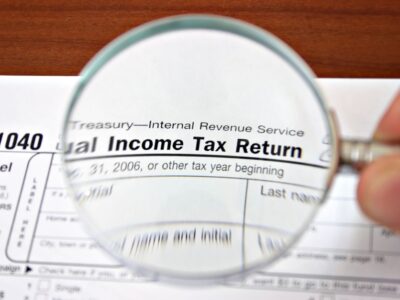Annual fund operating expenditures, more often referred to as the expense ratio, is the proportion of assets paid to the fund management (i.e. AMC) in the form of a maintenance charge. The asset manager allocates, manages (including auditor and adviser fees), and advertises the fund with the assistance of a team of analysts and other specialists in order to maximize returns and control risks.
If the assets of the fund are tiny, the cost ratio may be significant. This is because the fund’s expenditures must be met from a more constrained or smaller asset base. Similarly, if the fund’s net assets are substantial, the expense ratio in mutual fund should ideally decrease. SEBI made substantial changes on 18 September 2018 by lowering the TER of mutual funds and altering the way distributors are compensated.
The expense ratio in mutual fund indicates the fee charged to investors by an investment business for managing an investment portfolio, a mutual fund, or an exchange-traded fund (ETF). The ratio reflects the fund’s total management fees and operational expenses.
The expense ratio is computed by dividing the operational expenditures of a mutual fund by the fund’s average total dollar value of all assets. Expense ratios are disclosed in each fund’s prospectus and on a variety of financial websites.
Important Takeaways
- The expense ratio in mutual fund is the yearly cost to fund managers that investors in mutual funds or exchange-traded funds pay.
- Over the last many years, competition has resulted in remarkable decreases in expenditure ratios.
- A good expenditure ratio for an actively managed portfolio is between 0.5 percent and 0.75 percent. In contrast, an expense ratio of more than 1.5 percent is regarded as excessive these days.
- The average ratio for passive or index funds is about 0.2 percent, although it may go as low as 0.02 percent or less in rare situations.
Ratios of High and Low
Numerous elements contribute to the determination of whether an expenditure ratio is regarded as excessive or low. From the investor’s perspective, a reasonable cost ratio for an actively managed portfolio is between 0.5 percent and 0.75 percent. A cost-to-income ratio of more than 1.5 percent is deemed excessive.
Generally, mutual fund fee ratios are greater than those of ETFs.This is because ETFs are managed passively. They are constructed to replicate an index such as the S&P 500, and modifications to the composition are seldom necessary. On the other hand, a mutual fund is actively managed. They are regularly evaluated and adjusted to enhance the fund’s performance.
Actively managed mutual funds have an average cost ratio of between 0.5 percent and 1.0 percent. They are seldom more than 2.5 percent. The usual ratio for passive index funds is about 0.2 percent. If you want complete guidance about the high and low ratio of expense ratios then read more here.
Implications of the Expense Ratio
The expenditure ratio expresses the proportion of sales to a total individual or group of expenses. A lower rate equates to more profitability, whereas a higher rate equates to decreased profitability. It becomes crucial in the case of schemes with relatively low yields.
Apart from that, you may use the cost ratio to determine if a fund is actively managed or passively managed. In the case of actively managed equities funds, the fund manager’s alpha provides sufficient rationale for the fee charged. If you see a significant gap in the returns of your fund and index funds, you may want to consider moving.
Summing Up
While the cost ratio is essential, it is not the only factor to consider when choosing a mutual fund plan. A scheme with a consistently good track record may provide you with a new perspective on the TER. Occasionally, the more excellent expense ratio in mutual fund might even outweigh the reasonable profits.













Comments